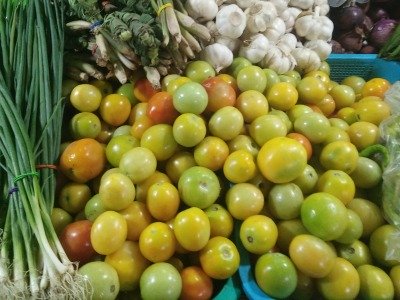What is horticulture?
This is a common question that confronts both students and workers in plant agriculture.
Indeed, it is important to be able to distinguish between the two main divisions of crop production, horticulture, and agronomy, in order to acquire a better theoretical understanding and skills in either specialized field.
The proper delineation of the two divisions will likewise facilitate efforts in research and development directed at certain groups of plants.

However, it is quite impossible to give an exact definition of horticulture.
Neither is it easy to enumerate its scope with definiteness.
Nonetheless, substantial enlightenment on the concept, scope, and definition of horticulture can be obtained from the writing of various authorities in the field.
